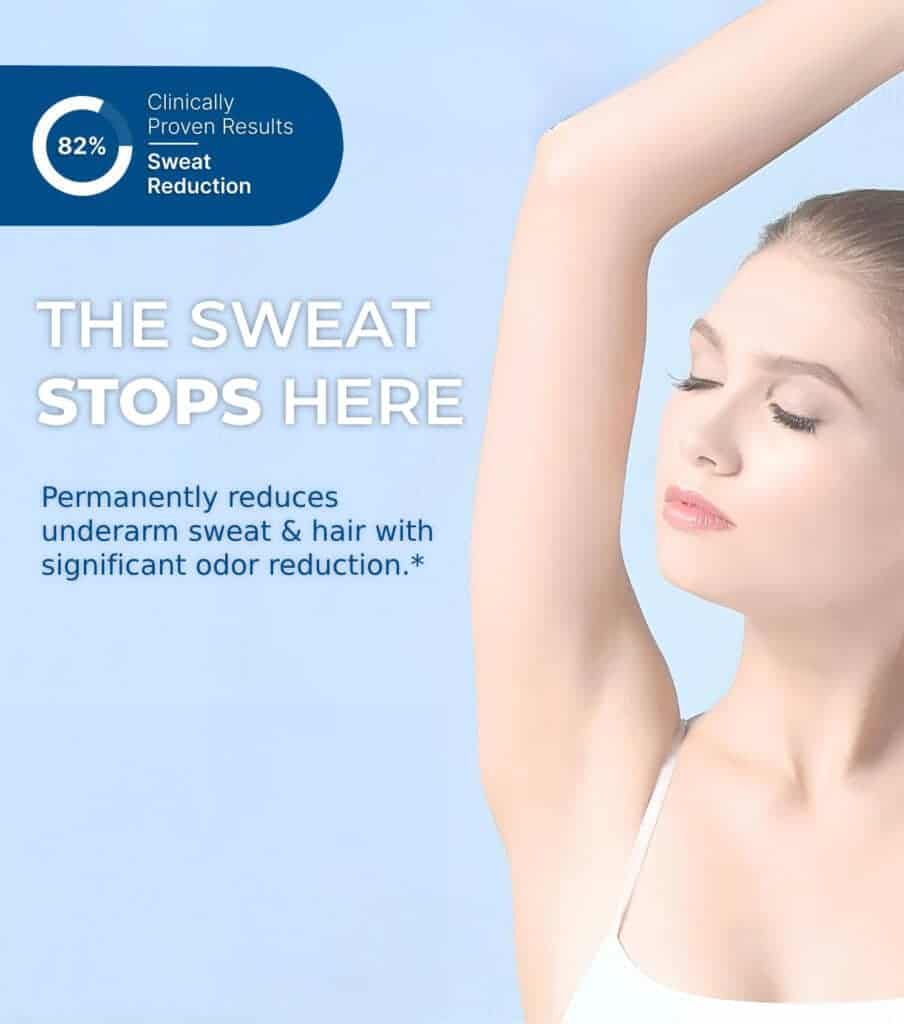Minimally invasive procedures prove to be very effective.
The word “laser” usually gives the connotation of advanced technology. Interestingly enough, the use of lasers in medicine has been present for more than 30 years. During this time period, there have been many advances in the field of laser technology, and this advanced modality of treatment is available for you at the Hawaii Vein Institute.

In previous articles, we have briefly discussed the use of laser technology for endovenous laser ablation (EVLA) for the treatment of larger varicose veins, which are the source for many spider veins. Spider veins usually are asymptomatic and are generally a cosmetic concern. For patients who are symptomatic, further investigation is necessary and is performed in our office to evaluate any underlying medical concerns. In today’s article, we would like to dis- cuss the use of lasers as an adjunct to our standard of care management in the treatment of superficial spider veins.
The laser modality is a simple, quick, and effective method to treat superficial spider veins. The most common laser employed to help eliminate spider veins is the Nd:YAG laser system. The laser focuses a specific wave- length of light that targets the pigment in the blood. The generated heat coagulates the blood inside the vein and causes it to collapse and seal. The laser treatments deliver a precise amount of energy to each vein without injuring the nearby tissue. Eventually, the vessel will disappear, and the blood will be reabsorbed.
The laser therapy is performed in the office and usually takes approximately 15-30 minutes. During the procedure, patients may experience a slight tingling sensation as the laser targets the vein. Patients may also notice a slight bump on the skin which will fade away in the next several hours. The treatment area may also have a slightly redder appearance and occasionally may be bruised. In the next several weeks, the spider veins will progressively change from a dark blue to light red color and will ultimately disappear.
The results of laser treatment for spider veins are not instantaneous. The end outcome may not be obvious for several months; however, most patients express satisfaction with their results in a brief time span. Therefore, it is generally recommended that the treatments be spaced four to six weeks apart. The treated veins are perceptibly clearer, and the skin continues to improve with each successive treatment. If new veins emerge in the interim, further treatments will be essential to achieve optimal results. Depending on the size and number of veins, an average of two to six treatments will be required.
After the laser therapy, patients are encouraged to avoid direct sun exposure. Wearing compression hose assists in the healing process. The pain from the procedure is minimal, and over-the- counter pain medications are sufficient for any minimal discomfort experienced. In addition, there is no downtime after the laser treatment, and patients are encouraged to resume all normal activities immediately afterwards.
Although the laser treatments do not thwart the development of new spider veins, the eradication of existing spider veins can significantly improve the appearance of the affected area to provide a more youthful and healthy look. Most patients report a high degree of satisfaction with the procedure and are grateful that they no longer have to conceal their unsightly spider veins.
The goal of the Hawaii Vein Institute is to provide comprehensive care of venous disease. The procedures are minimally invasive and require little to no downtime.
To arrange a consultation and treatment, contact the Institute via e-mail at hawaiiveinclinic@gmail.com or by calling (808) 735-8346.
